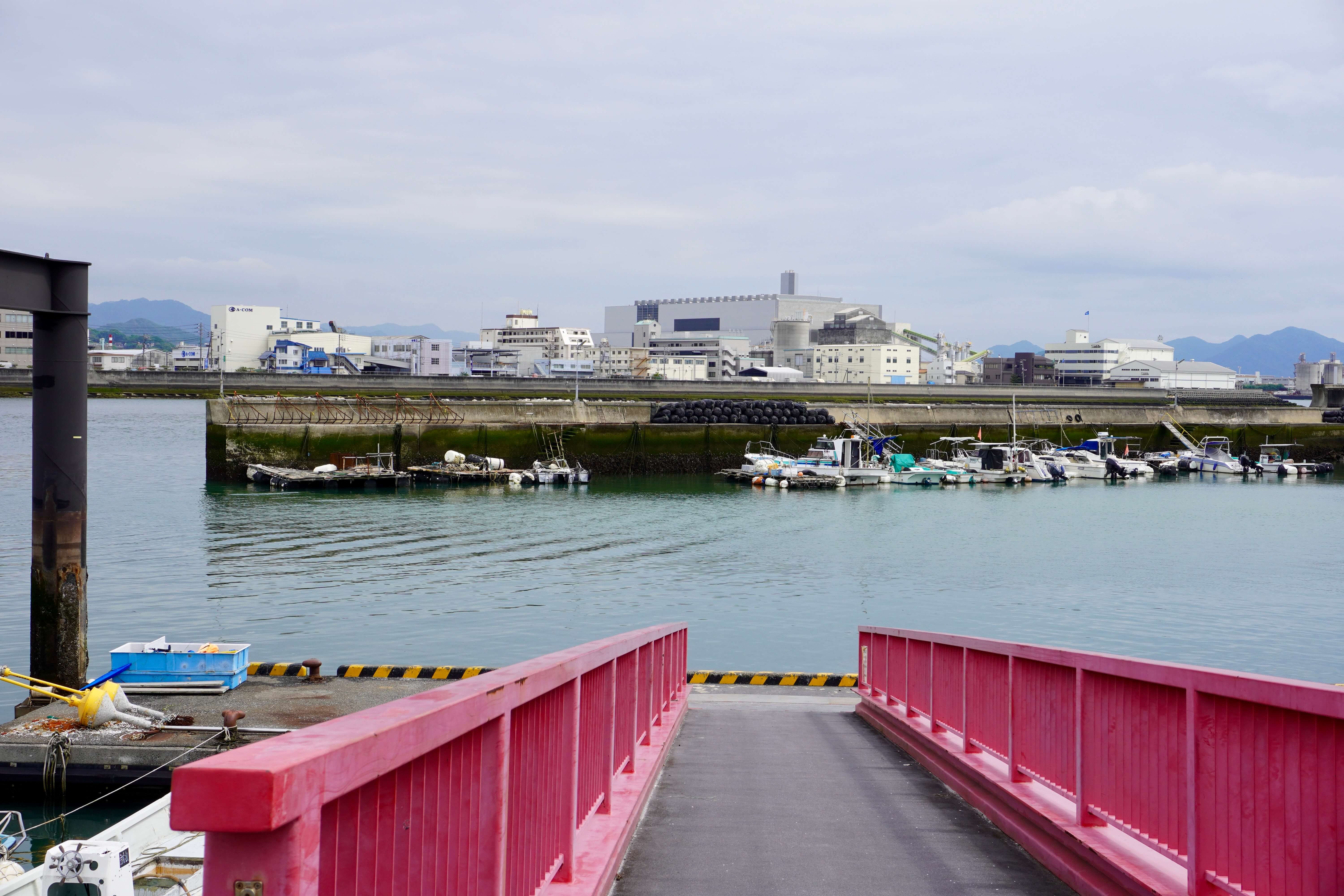The legacy of coastal infrastructure: reclamations and seawalls

Positioning coastal reclamations and seawalls in Asia-Australia as artefacts of the Anthropocene, the project aims to highlight their historical role in the expansion of human habitat into the sea, provoking debate on the sustainability of human coastal terraforming practices and assisting the heritage field to reassess the significance of historic coastal infrastructure in the context of the current climate crisis. Examining the threat that sea level rise poses to reclaimed land that, over time, has been integrated into the terrain of everyday life in Sydney, Hong Kong, and Japan, the project will better equip the Australian public to understand the background to this threat, thus laying groundwork for enhanced climate resilience.
The project tells the story of how in the modern era humans in Asia-Australia have expanded their territory into the sea via the technology of coastal reclamation and seawall construction. Rather than presenting coastal reclamations and seawalls as part of the heritage of human progress, it shows them to be artefacts of the Anthropocene, infrastructural objects that have contributed to today’s environmental crisis. The project will generate what we term an ‘Anthropocene optic’ for heritage practice that encourages society to ‘own’ the negative ramifications of industrial-era technology and infrastructure, not to instil guilt about the past but rather to aid development of sustainable strategies for coastal living in Australia going forward.
Researcher(s):
- Denis Byrne ,Institute for Culture and Society
- Gay Hawkins, Institute for Culture and Society
- Lara Lamb, University of Southern Queensland
- Daren Leung, Lingnan University, Hong Kong
- Akira Matsuda, University of Tokyo, Japan
Funding: $504, 070 by Australian Research Council (ARC)
Period: 2025-2028
Contact: Denis Byrne




